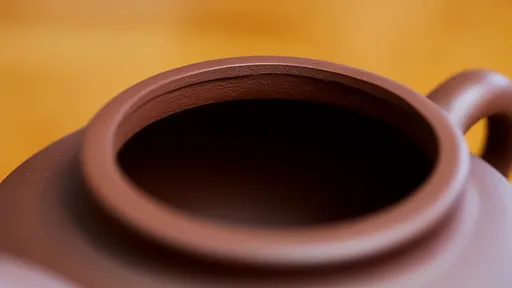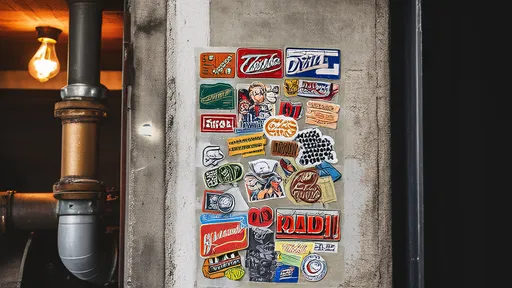In the quiet hum of a pharmacy, amidst rows of colorful boxes and amber bottles, one of the most underrated heroes of modern medicine lies in plain sight—the humble blister pack. These aluminum-foil or plastic cavities, often dismissed as mere packaging, hold far more significance than meets the eye. They are silent guardians of dosage accuracy, patient compliance, and even environmental sustainability. The unassuming blister pack, it turns out, is a vault of health secrets waiting to be decoded.
Blister packaging, or push-through packs as they are sometimes called, revolutionized medication distribution when they first appeared in the 1960s. Before their advent, pills were often dispensed in loose bottles, leading to contamination, moisture damage, and dosage errors. The sealed compartments of blister packs changed that. Each pill sits in its own protective cocoon, shielded from light, air, and human touch until the very moment it is needed. This innovation didn’t just preserve the integrity of medications—it introduced a new layer of safety and precision to healthcare.
But the true magic of blister packs lies in their ability to speak. For elderly patients managing multiple prescriptions, or caregivers overseeing complex medication schedules, these packs serve as a tactile and visual roadmap. The days of the week embossed on the foil, the numbered sequence of pills—these are not mere conveniences but lifelines. Studies have shown that adherence to medication regimens improves dramatically when patients use blister-packed doses, particularly for chronic conditions like hypertension or diabetes. The act of popping a pill from its slot becomes a ritual, a daily affirmation of commitment to one’s health.
Pharmaceutical companies have taken note. Advanced blister designs now incorporate braille for the visually impaired, color-coded sections for different times of day, and even embedded NFC chips that link to digital reminders. In clinical trials, "smart" blister packs with electronic tracking have demonstrated staggering results—reducing missed doses by up to 40% in some patient groups. What began as a simple moisture barrier has evolved into an interactive health management tool, blurring the line between packaging and technology.
Yet blister packs harbor darker truths as well. The same impermeability that protects medications creates an environmental dilemma. Most pharmaceutical blisters combine plastic polymers with aluminum foil—materials that resist decomposition and complicate recycling. Municipal waste systems rarely have the capacity to separate these layers, condemning billions of spent packs to landfills annually. Some manufacturers now experiment with biodegradable alternatives, like cellulose-based films or edible blister materials, but these solutions remain costly and niche. The blister pack’s ecological shadow reminds us that even the most elegant healthcare solutions carry unintended consequences.
Perhaps the most profound revelation about blister packaging is what it reveals about our relationship with medicine itself. The compartmentalized design mirrors modern healthcare’s preference for standardization and control. Each identical bubble represents a measured dose, a predictable outcome—an attempt to tame the chaos of biology into orderly units. But patients know better. Health rarely follows such neat segmentation. The blister pack’s rigid geometry contrasts sharply with the fluid, unpredictable nature of healing, creating a quiet tension between the container and the contained.
In developing countries, where counterfeit drugs account for nearly 10% of medications according to WHO estimates, blister packs serve as authenticity shields. The sophisticated tamper-evident designs and holographic seals make imitation exponentially harder than with loose pills. Public health campaigns in malaria-endemic regions specifically educate patients to reject medications not in original blister packs—a simple rule that saves countless lives from toxic fakes. Here, the unbroken foil becomes a symbol of trust as potent as any physician’s signature.
As we stand on the brink of personalized medicine—with DNA-tailored treatments and 3D-printed pills—the blister pack quietly reinvents itself yet again. Clinical trials now explore "polypills," where a single blister cavity contains multiple active ingredients timed to release at different intervals. Other prototypes feature micro-needle arrays for transdermal drug delivery, turning the traditional pill bubble into a miniature medical device. The blister pack, it seems, refuses to become obsolete, adapting to each new chapter of medical progress with quiet ingenuity.
The next time you push a pill through its foil backing, pause to consider the hidden complexity in that simple motion. That blister pack represents decades of pharmaceutical innovation, environmental trade-offs, and the endless human quest to balance health with practicality. It is both a product of our time and a lens through which we can examine our values—about safety, sustainability, and what we’re willing to sacrifice for convenience. The health code encrypted in those aluminum pockets isn’t just about chemical formulas; it’s about who we are as a society that chooses to package wellness this way.
From nursing homes to refugee camps, from high-tech hospitals to rural clinics, the blister pack continues its unassuming mission. It doesn’t demand attention like breakthrough drugs or flashy medical devices. Yet in its methodical, compartmentalized way, it shapes health outcomes more than we acknowledge. The true prescription might be this: to see the extraordinary in the ordinary, to recognize that sometimes, the most powerful health technologies come sealed in everyday foil.

By /Jul 15, 2025

By /Jul 15, 2025

By /Jul 15, 2025

By /Jul 15, 2025

By /Jul 15, 2025

By /Jul 15, 2025

By /Jul 15, 2025

By /Jul 15, 2025

By /Jul 15, 2025

By /Jul 15, 2025

By /Jul 15, 2025

By /Jul 15, 2025

By /Jul 15, 2025

By /Jul 15, 2025

By /Jul 15, 2025

By /Jul 15, 2025

By /Jul 15, 2025

By /Jul 15, 2025